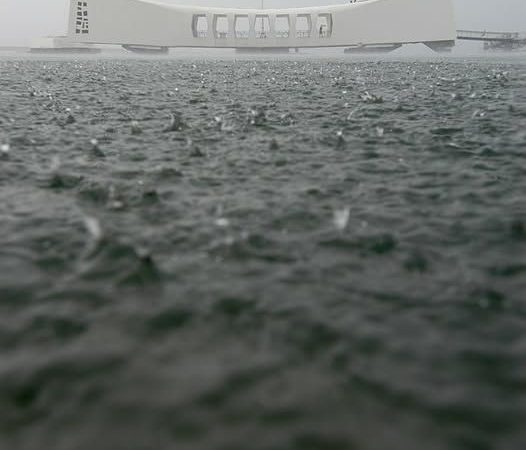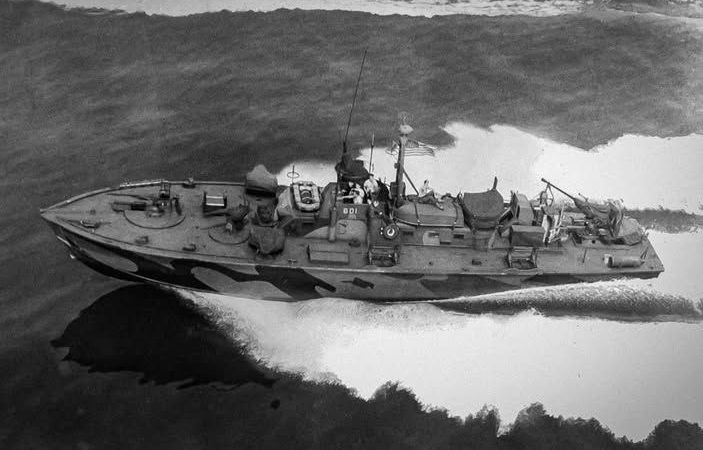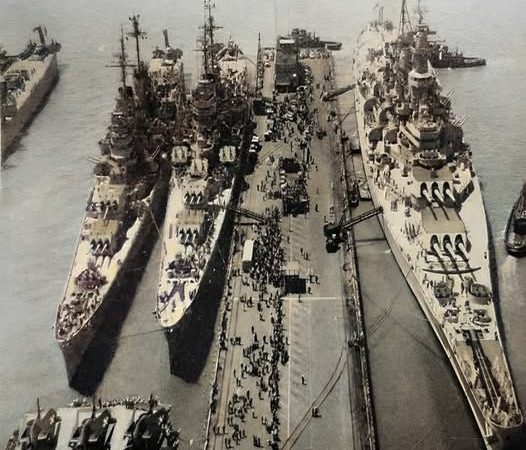History and Legacy of HMS Valiant: A British Naval Icon
HMS Valiant was one of the most notable ships in the history of the Royal Navy, serving as a Queen Elizabeth-class battleship during the early and mid-20th century. Launched in 1914 and commissioned shortly after, Valiant had a long and distinguished career, playing key roles in both World Wars and earning a reputation for resilience and strength.
Built by Fairfield Shipbuilding and Engineering Company in Govan, Scotland, Valiant was part of a new generation of battleships designed with significant advancements over previous classes. As a Queen Elizabeth-class ship, she featured improved armor, larger guns, and a speed advantage due to oil-fired boilers—a notable upgrade from coal-powered engines that gave Valiant and her sister ships greater tactical flexibility. With eight 15-inch guns as her primary armament, Valiant packed formidable firepower that would serve her well in the conflicts to come.

Commissioned too late to join the early battles of World War I, Valiant was nonetheless present at the pivotal Battle of Jutland in 1916, the largest naval battle of the war. Although she did not suffer significant damage, the experience provided valuable insights for the British Navy regarding large-scale naval engagements. Post-Jutland, Valiant continued to serve in the Grand Fleet, remaining a key part of Britain’s maritime defense.
Between the wars, HMS Valiant underwent extensive upgrades, including increased deck armor, improved fire control systems, and anti-aircraft armament. These modernizations enabled her to be fully battle-ready by the time World War II erupted. During the early years of the conflict, Valiant operated in the Mediterranean, where she played a significant role in various engagements.
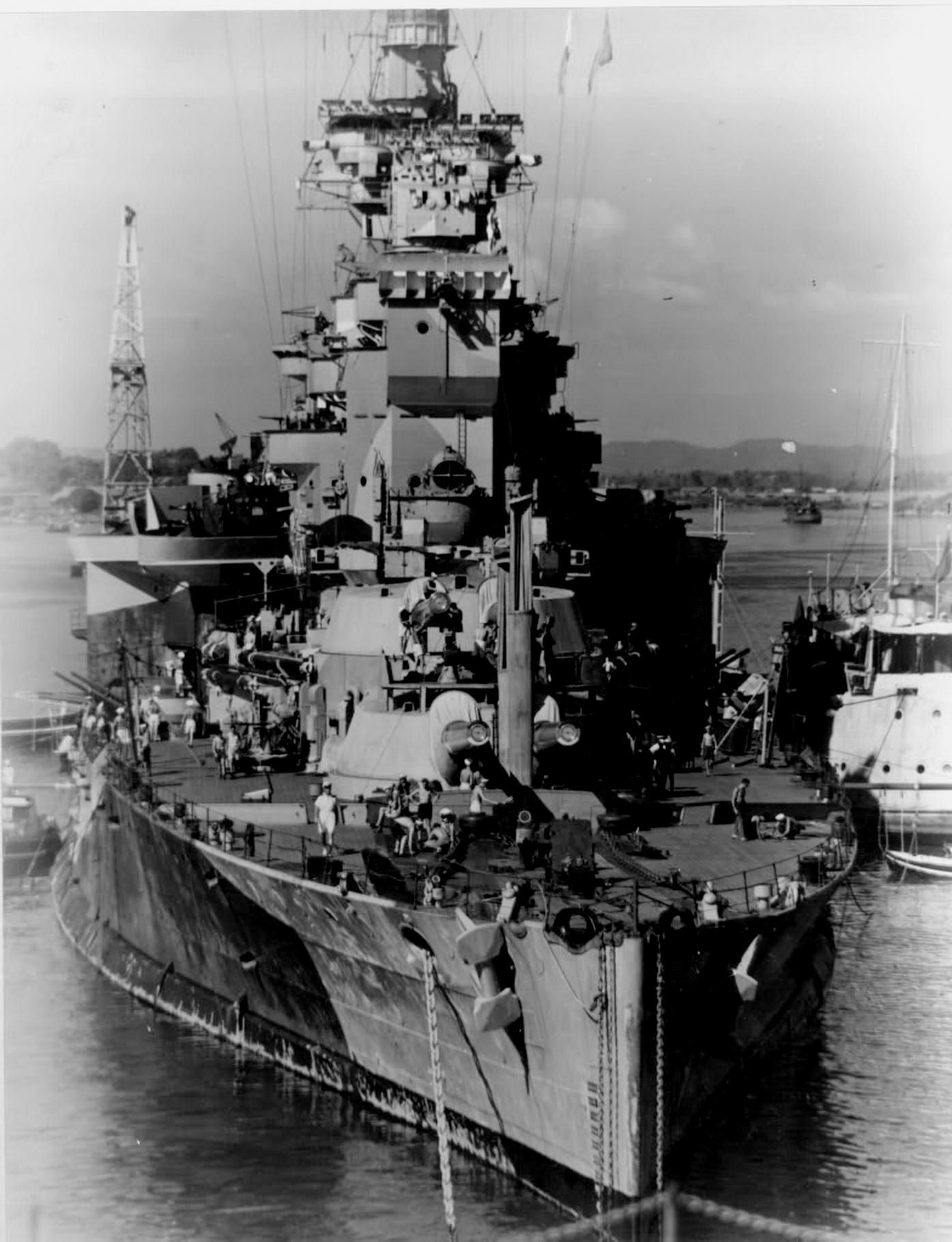
One of her most famous moments came during the Battle of Cape Matapan in 1941. Working in tandem with other Royal Navy ships, Valiant helped to achieve a decisive victory over the Italian fleet, which reinforced British naval dominance in the Mediterranean.
However, Valiant also faced dangers; in 1941, she was damaged by Italian human torpedoes while anchored in Alexandria. Despite the setback, she was repaired and returned to active duty, demonstrating her resilience once again.
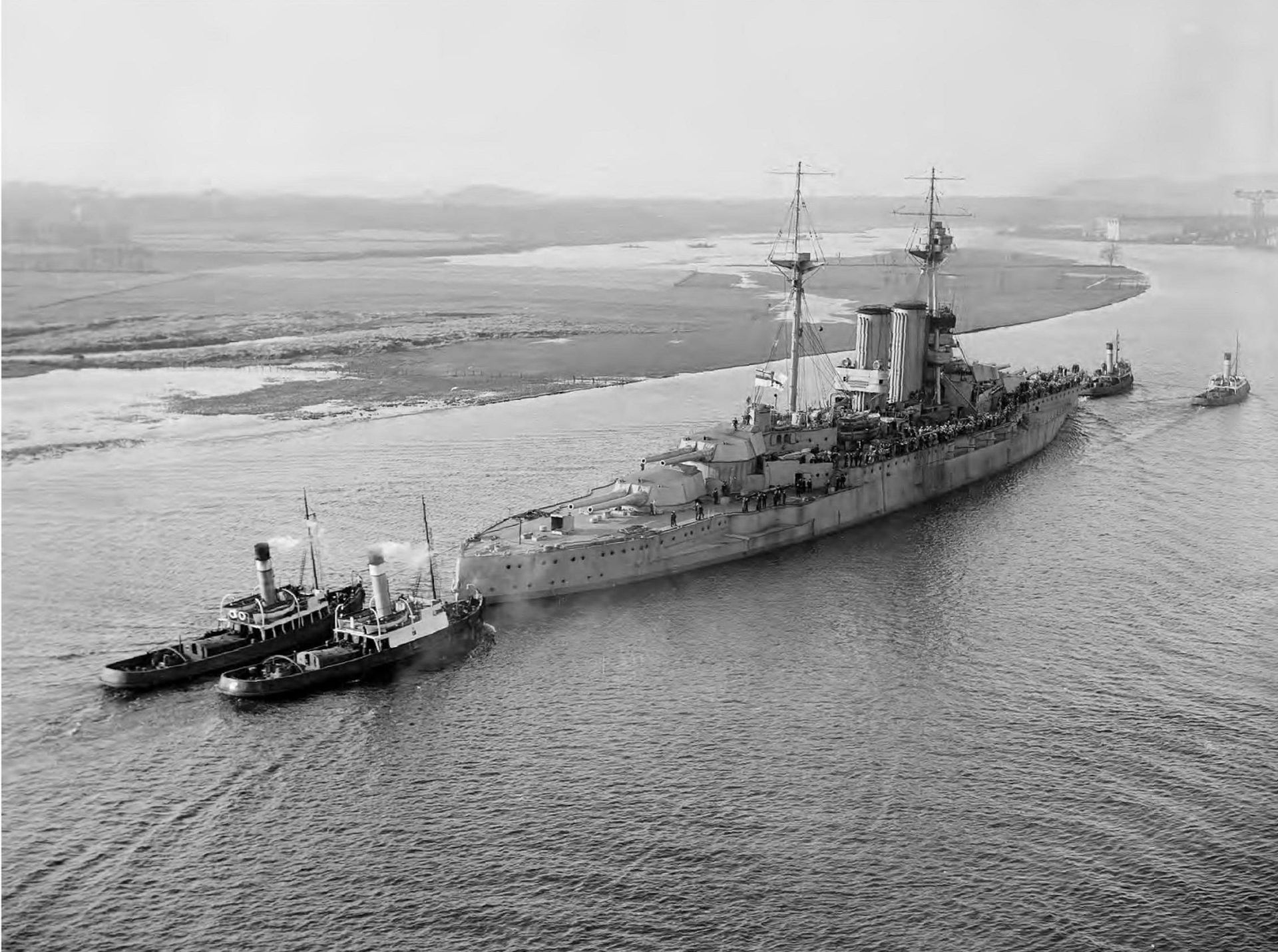
After World War II, Valiant’s service days drew to a close. She was used as a training ship for a time before being decommissioned in 1945. The ship was eventually sold for scrap in 1948, marking the end of her active life but not her legacy.
HMS Valiant remains a symbol of British naval power and endurance. Her contributions to key battles and her ability to withstand damage and adapt to technological upgrades make her an icon in naval history. Through her service, Valiant exemplified the strength and courage of the Royal Navy during some of the most challenging conflicts of the 20th century.

